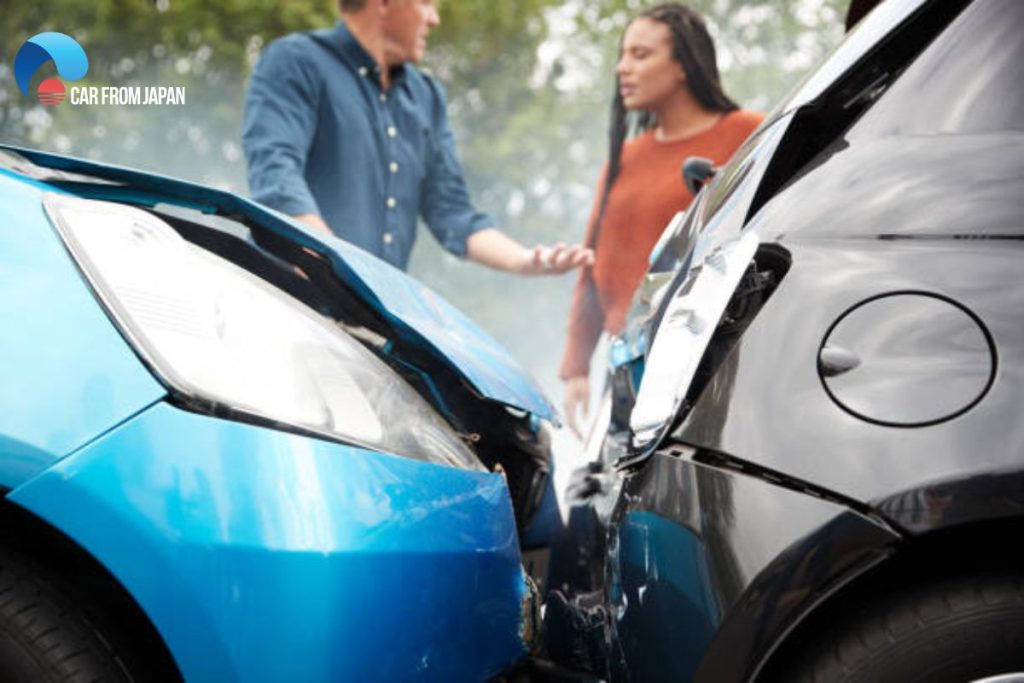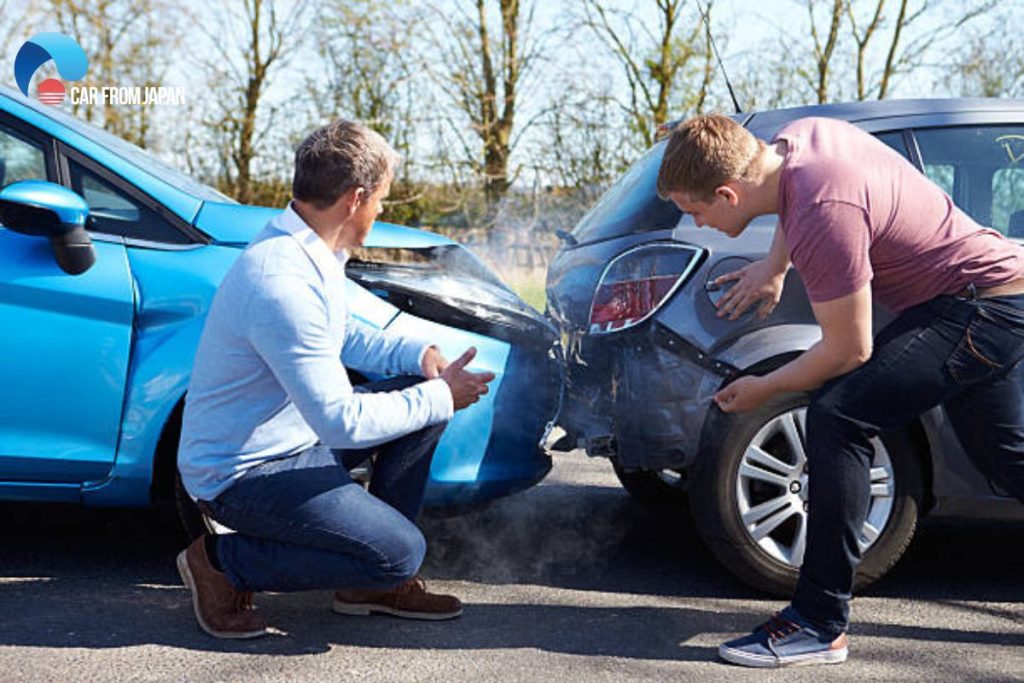If you’re the victim of a car accident, it can be crucial that you receive the most money possible in compensation for your losses. Often, these funds will help you repair or replace your vehicle and pay medical bills.
To maximize your chance of getting what you’re due, it’s important to understand the concept of comparative negligence and how it relates to auto accident claims. This legal standard may set the basis for how much compensation you’re eligible to receive.
Contents
What is Comparative Negligence?
The legal concept of comparative negligence centers on the idea that a person’s negligence contributed to their injury, but that this person is still entitled to some degree of recompense. Without comparative negligence, the law might state that if a plaintiff is at fault for the accident, they are entitled to nothing.
Six US states and districts – Alabama, North Carolina, Virginia, Maryland, and Washington, DC – do not recognize comparative negligence, and if a plaintiff is found to be even 1% negligent, they are barred from receiving any compensation. But all other states have some form of comparative negligence.
In a state with comparative negligence laws in place, the court determines what degree of negligence the plaintiff seeking damages contributed to the accident. This is usually expressed in a percentage form. For example, a plaintiff might be judged 20% at fault, or 75% at fault, and so on.
Once a percentage has been established, often the award of damages will be modified based on that percentage figure. For example, let’s say that a judge rules that the plaintiff is 25% at fault and the defendant is 75% at fault. The judge rules for the plaintiff for $100,000. However, because the plaintiff was 25% at fault, the judgment is reduced by 25% to $75,000.

Pure Comparative Negligence Versus Modified Comparative Negligence
There are two ways in which various states handle comparative negligence: Pure comparative negligence and modified comparative negligence. In some cases, they operate identically, but in others, the differences are dramatic.
Some states, including California, follow the guidance of pure comparative negligence, a plaintiff is eligible for some degree of compensation even if they are mostly at fault for the accident. Even if a judge rules that the plaintiff is 99% at fault, they would still be able to recover 1% of a judgment.
Modified comparative negligence, on the other hand, makes a cutoff after which a plaintiff is no longer eligible for compensation. Usually, this will be either 51% or 50%. If a plaintiff is ruled to be above that threshold, they can recover no damages.
States With Pure Comparative Negligence
- Alaska
- Arizona
- California
- Florida
- Kentucky
- Louisiana
- Mississippi
- Missouri
- New Mexico
- New York
- Rhode Island
- Washington
States With Modified Comparative Negligence Set at 50% or More At-Fault
- Arkansas
- Colorado
- Idaho
- Kansas
- Maine
- North Dakota
- Tennessee
- Utah
- Nebraska
- Georgia
States With Modified Comparative Negligence Set at 51% or More At-Fault
- Connecticut
- Delaware
- Hawaii
- Illinois
- Indiana
- Iowa
- Massachusetts
- Michigan
- Minnesota
- Montana
- Nevada
- New Hampshire
- New Jersey
- Ohio
- Oklahoma
- Oregon
- Pennsylvania
- South Carolina
- Texas
- Vermont
- West Virginia
- Wisconsin
- Wyoming
South Dakota and Slight Versus Gross Negligence
South Dakota represents an outlier, applying the concept of comparative negligence differently from all other states. Rather than concerning itself with setting a percentage, South Dakota law makes the distinction between slight and gross negligence.
If a plaintiff is determined to be only slightly negligent in a car accident but the defendant is grossly negligent, the plaintiff is allowed to recover damages. But if the plaintiff is judged to be more than slightly negligent, they will be barred from recovering anything.

How the Law Determines Comparative Negligence
The court will weigh many factors in determining the degree to which each party is negligent in a car accident. Generally, it’s the plaintiff’s responsibility to present compelling evidence, as it’s their claim being assessed. But a defendant is allowed to present evidence of their own.
Often, a key determinant in negligence will be police reports and the testimony of law enforcement officers. These reports frequently contain a great deal of detail about the accident, and law enforcement officers represent a neutral party with extensive experience in witnessing and investigating accidents.
Beyond police testimony, both parties can present other witnesses who were present during or immediately after an accident. The more impartial the witness, the more credible the court will generally find them.
Physical evidence can also be useful. Videos can sometimes show the accident itself, and photos and videos can document the scene of the accident to help reconstruct what happened.
When determining negligence, the court will usually focus on whether both parties were obeying relevant traffic laws and whether they were impaired or distracted in any way leading up to the accident. Factors that will likely increase a driver’s negligence include:
- Running a stop sign or red light
- Failing to yield
- Exceeding the speed limit
- Improperly changing lanes or weaving between lanes
- Following too closely
- Distracted driving, including the use of mobile devices
- Driving under the influence of alcohol or any other substances
In some accidents, both parties have violated one or more of these rules of safe driving. The judge will weigh all the evidence and come up with a distribution of fault and then proceed with applying comparative negligence percentages based on that.
If you’ve suffered a significant car accident, understanding comparative negligence is vital to seeking a proper judgment and a much-needed damage award. Knowing your state’s comparative negligence laws will help you craft a legal strategy to your best advantage.



